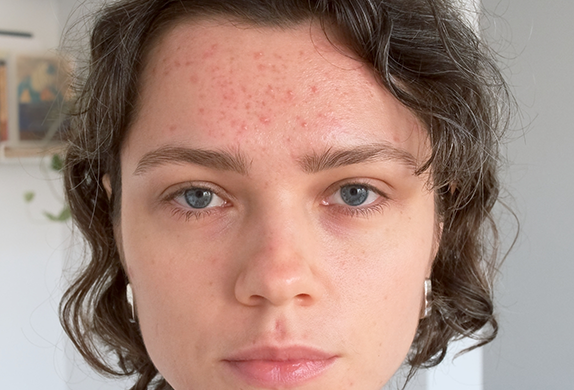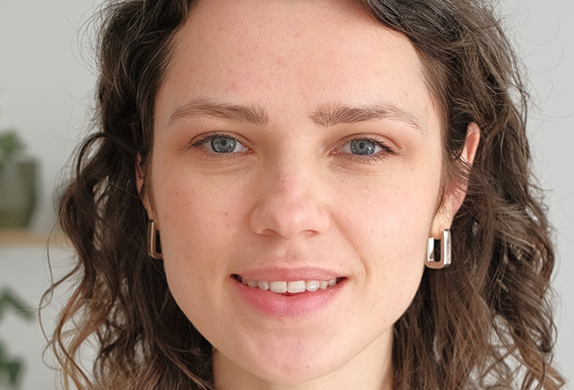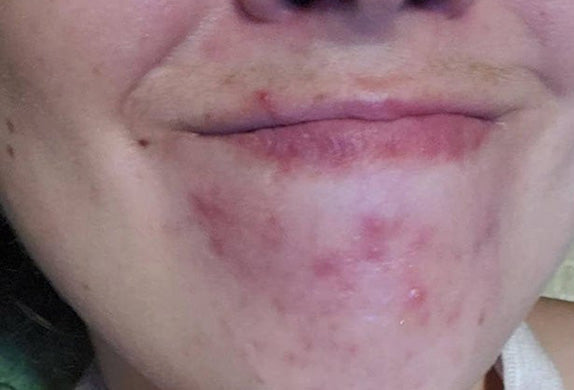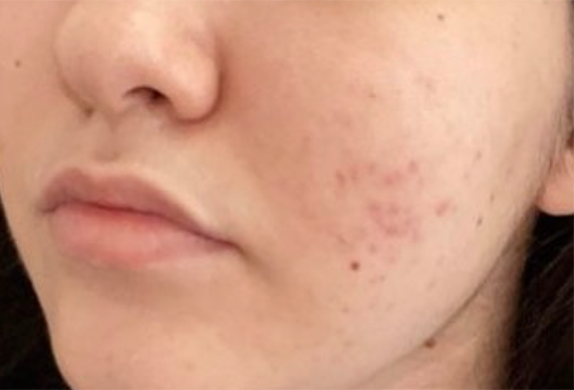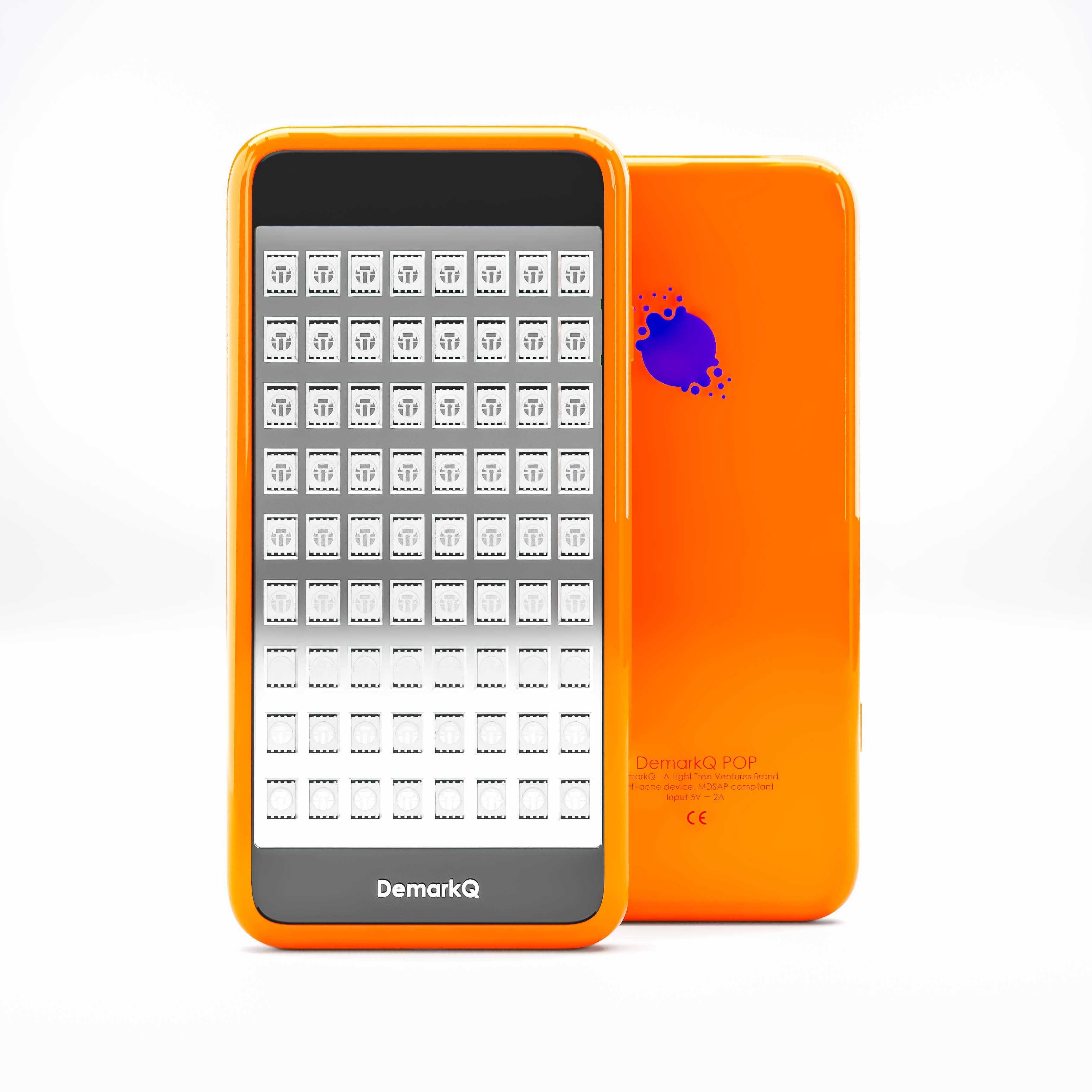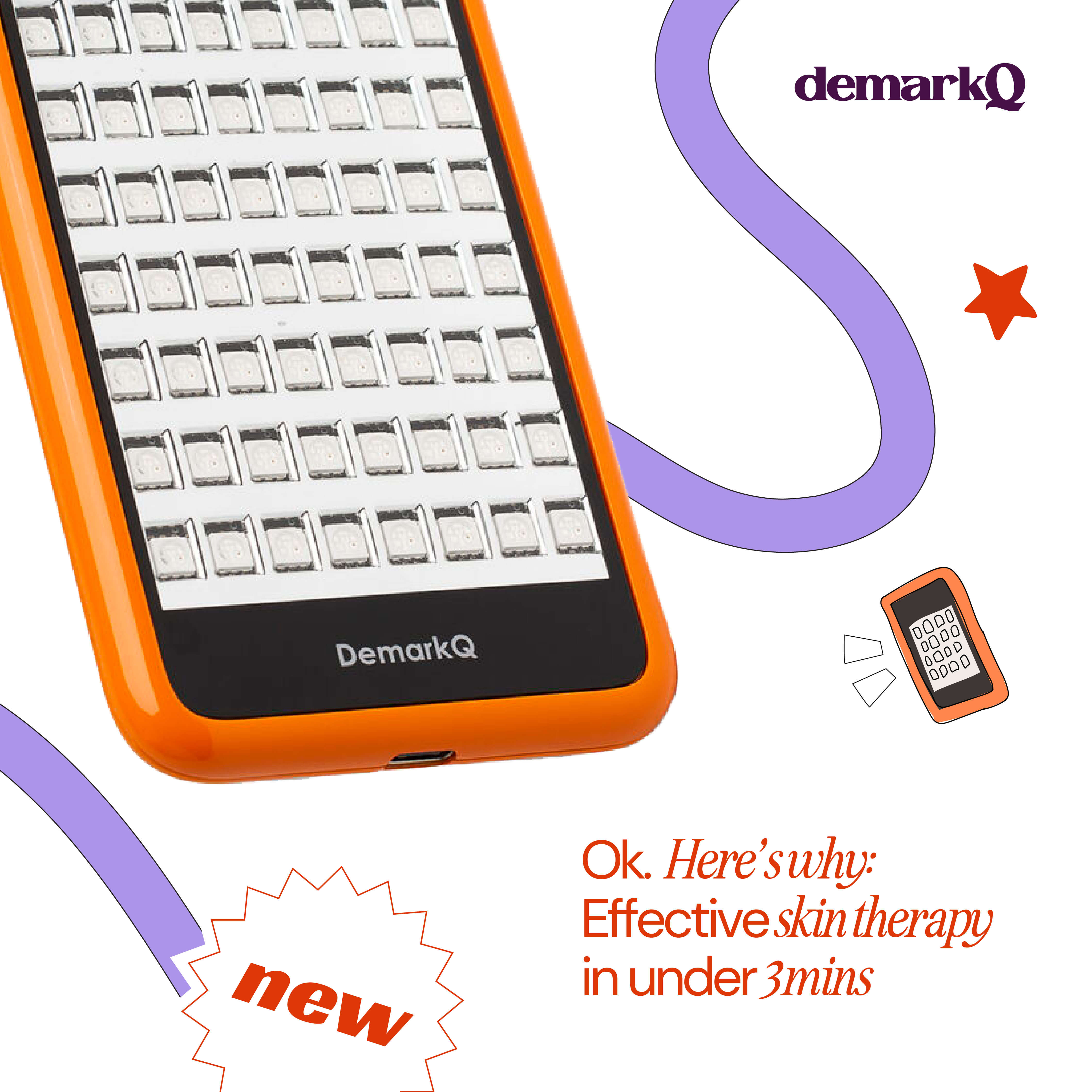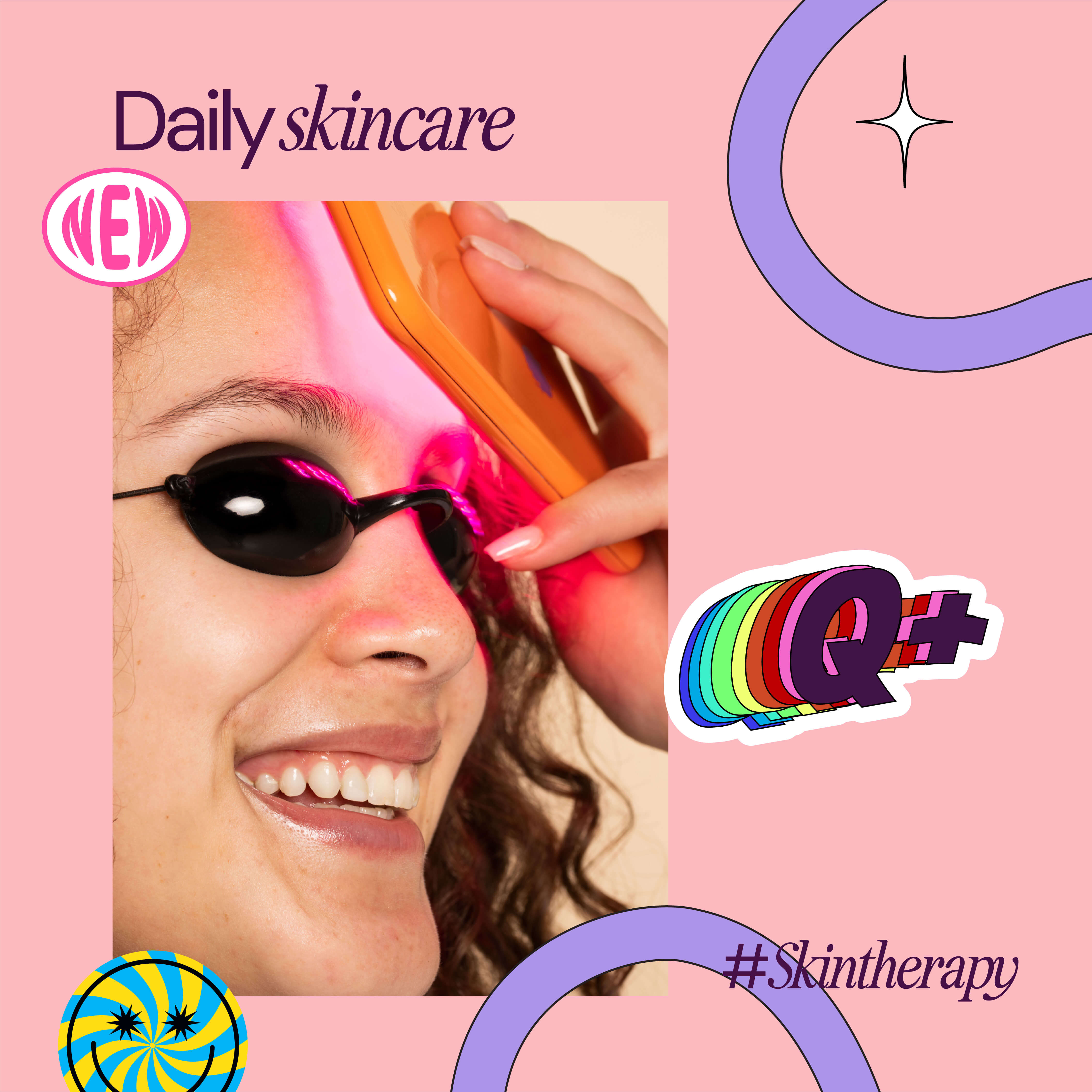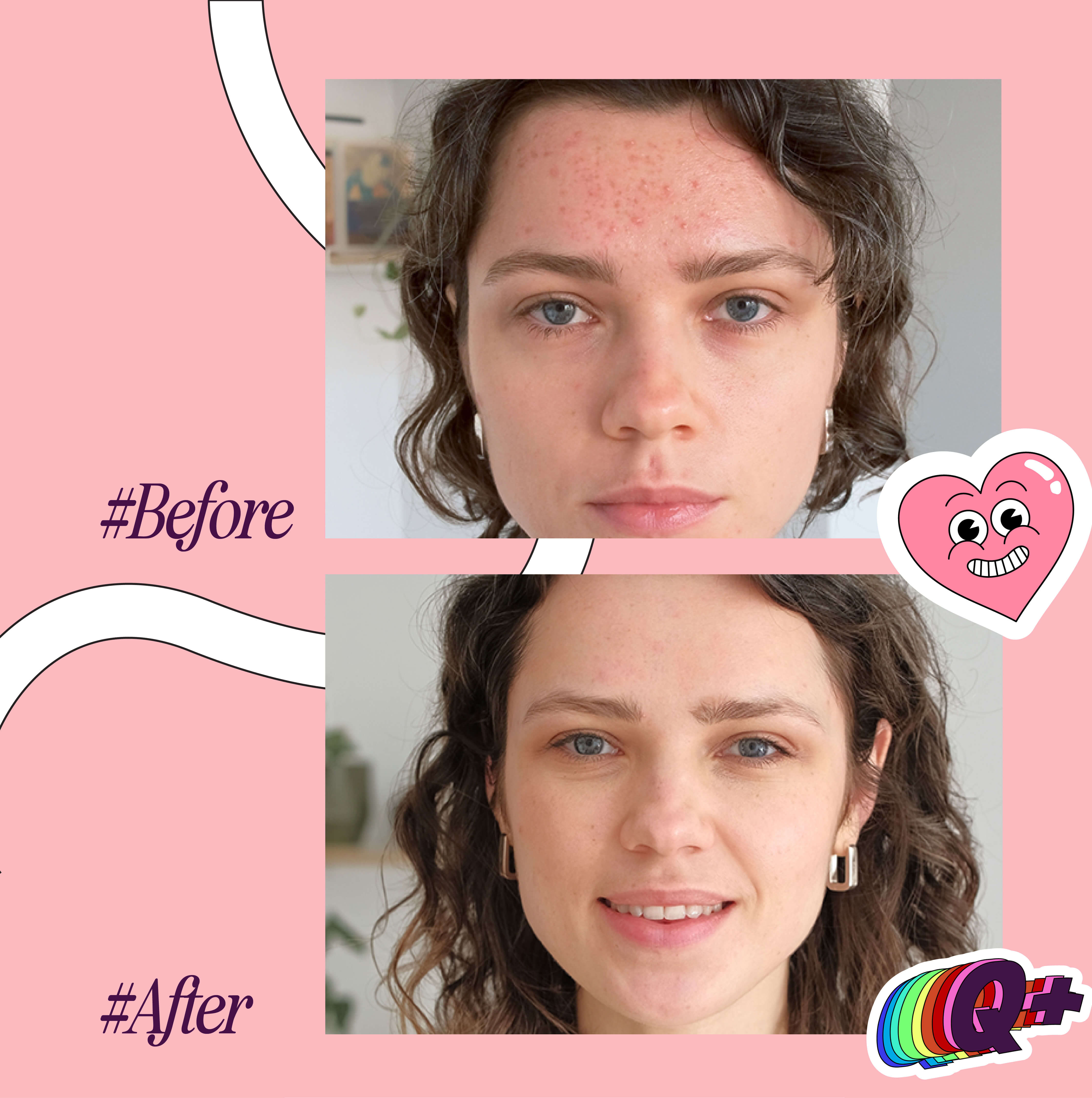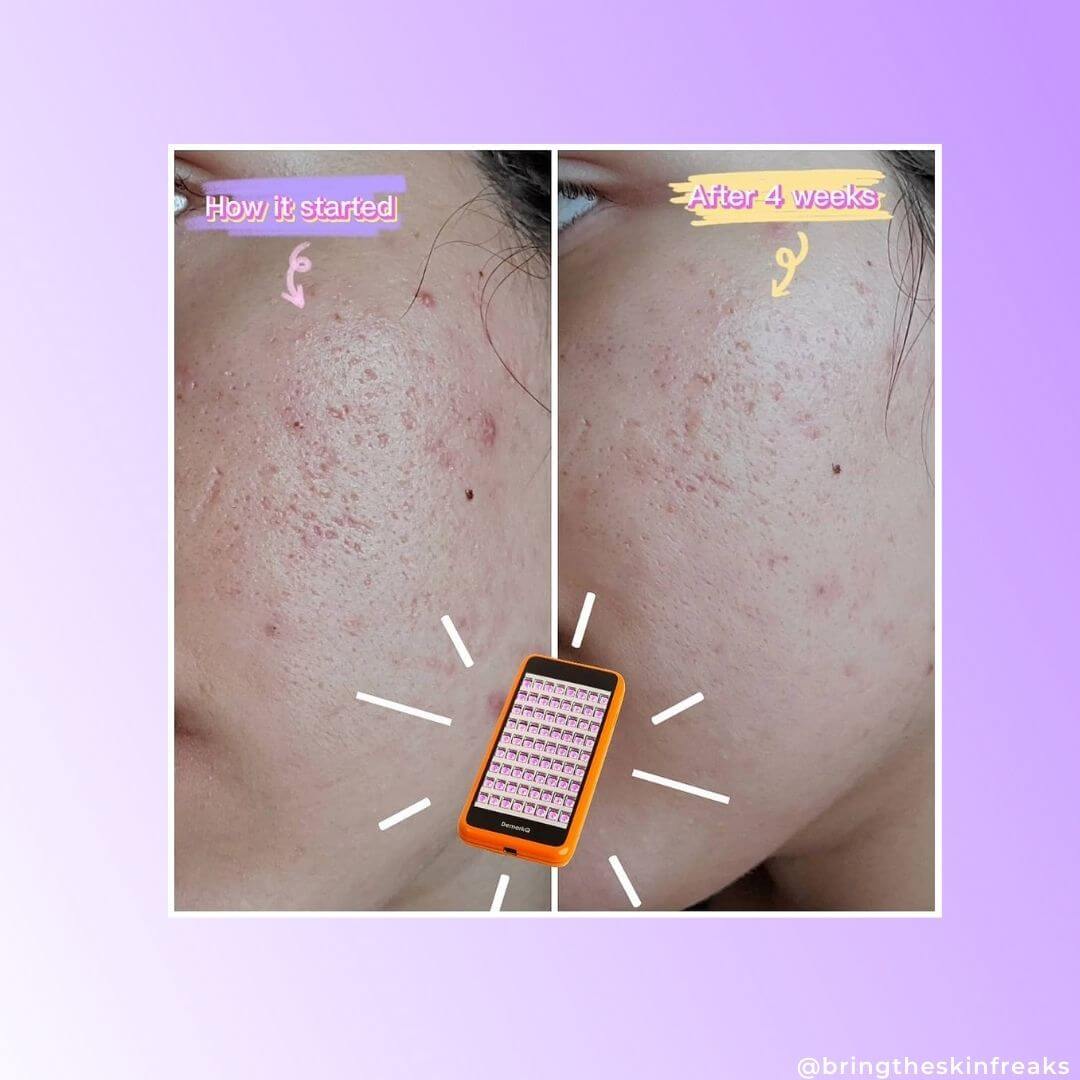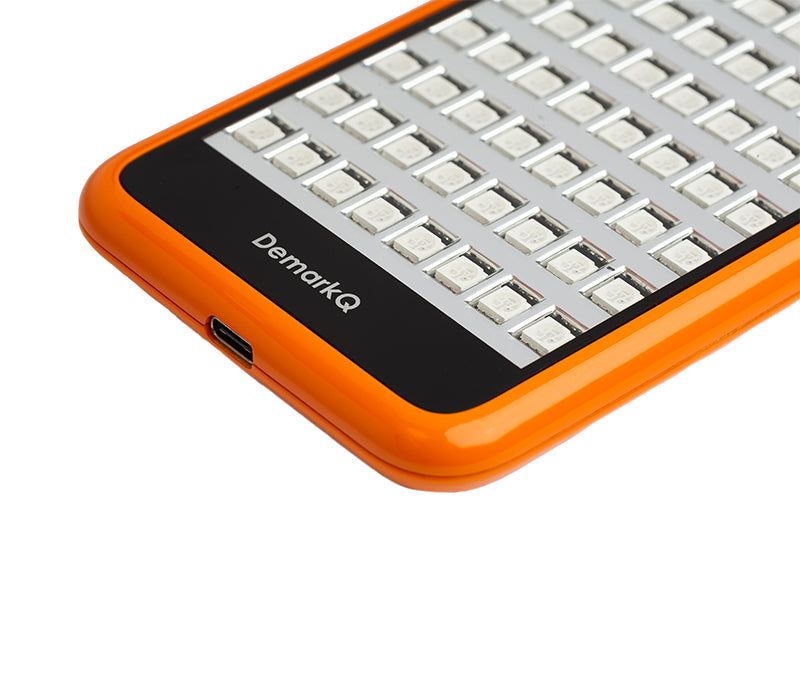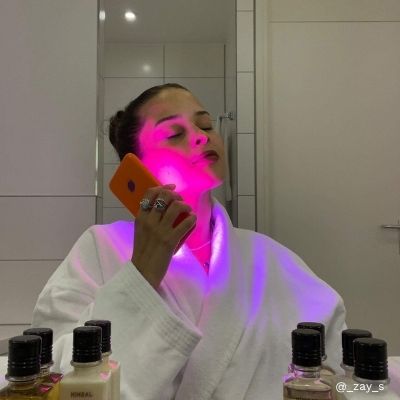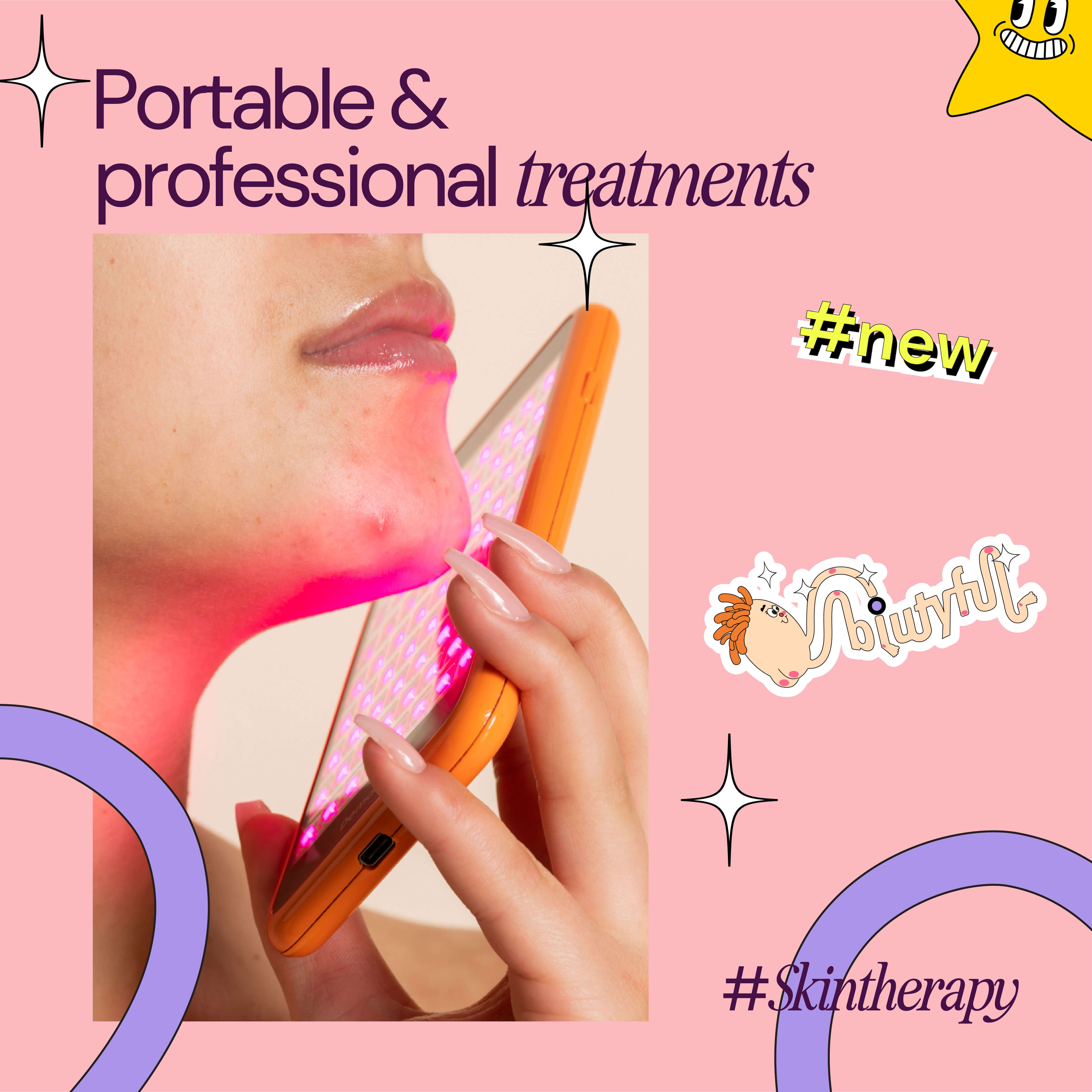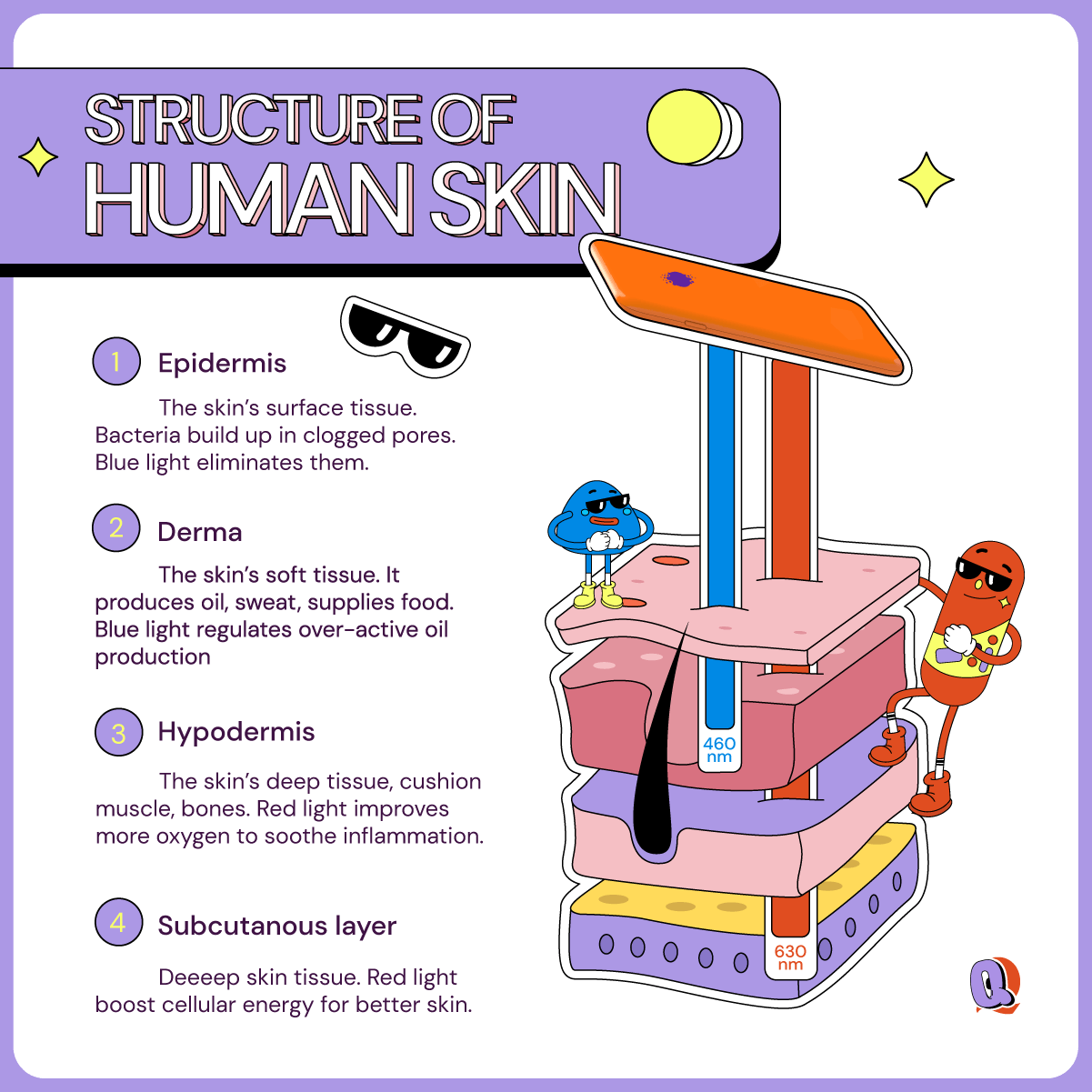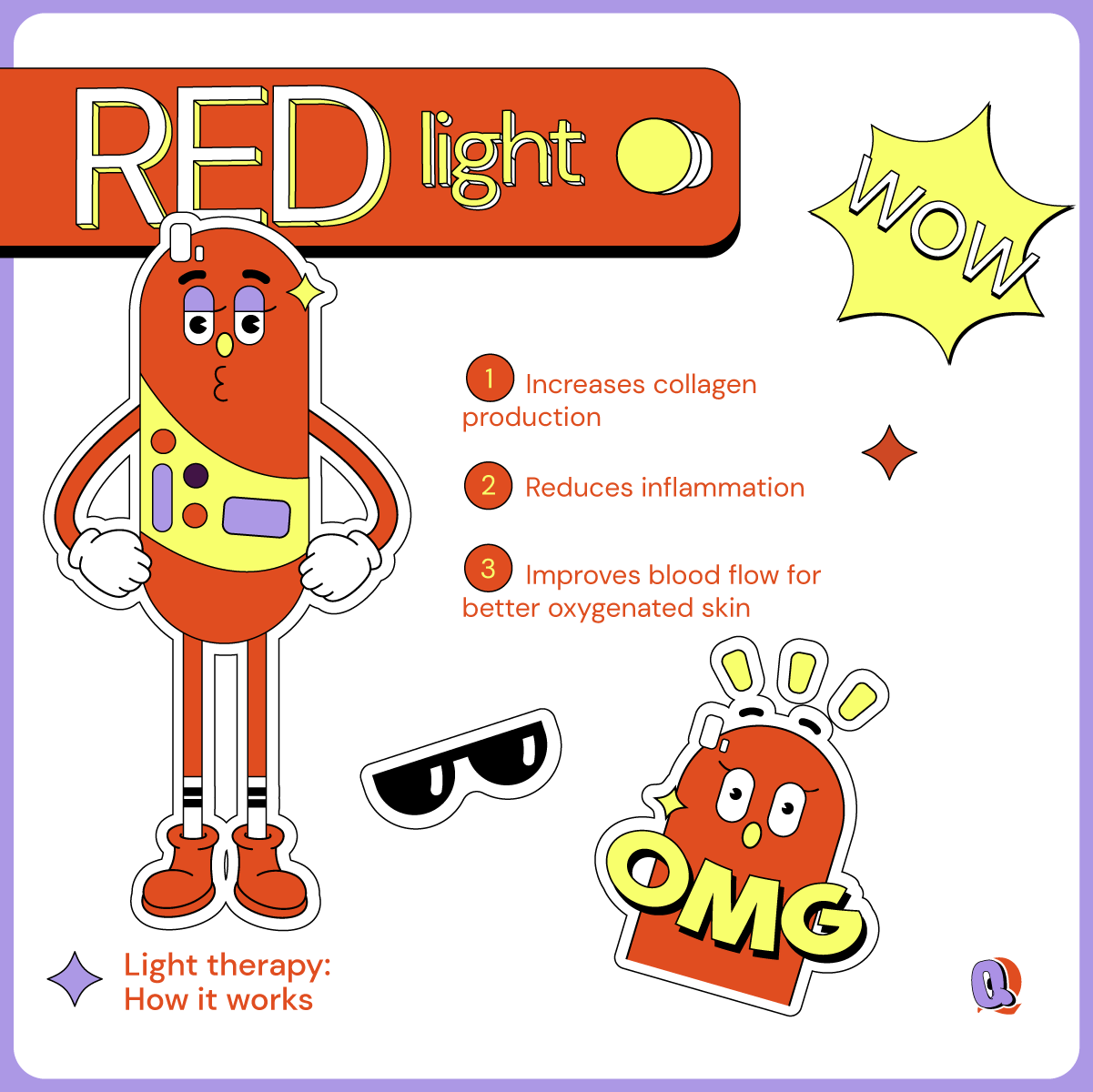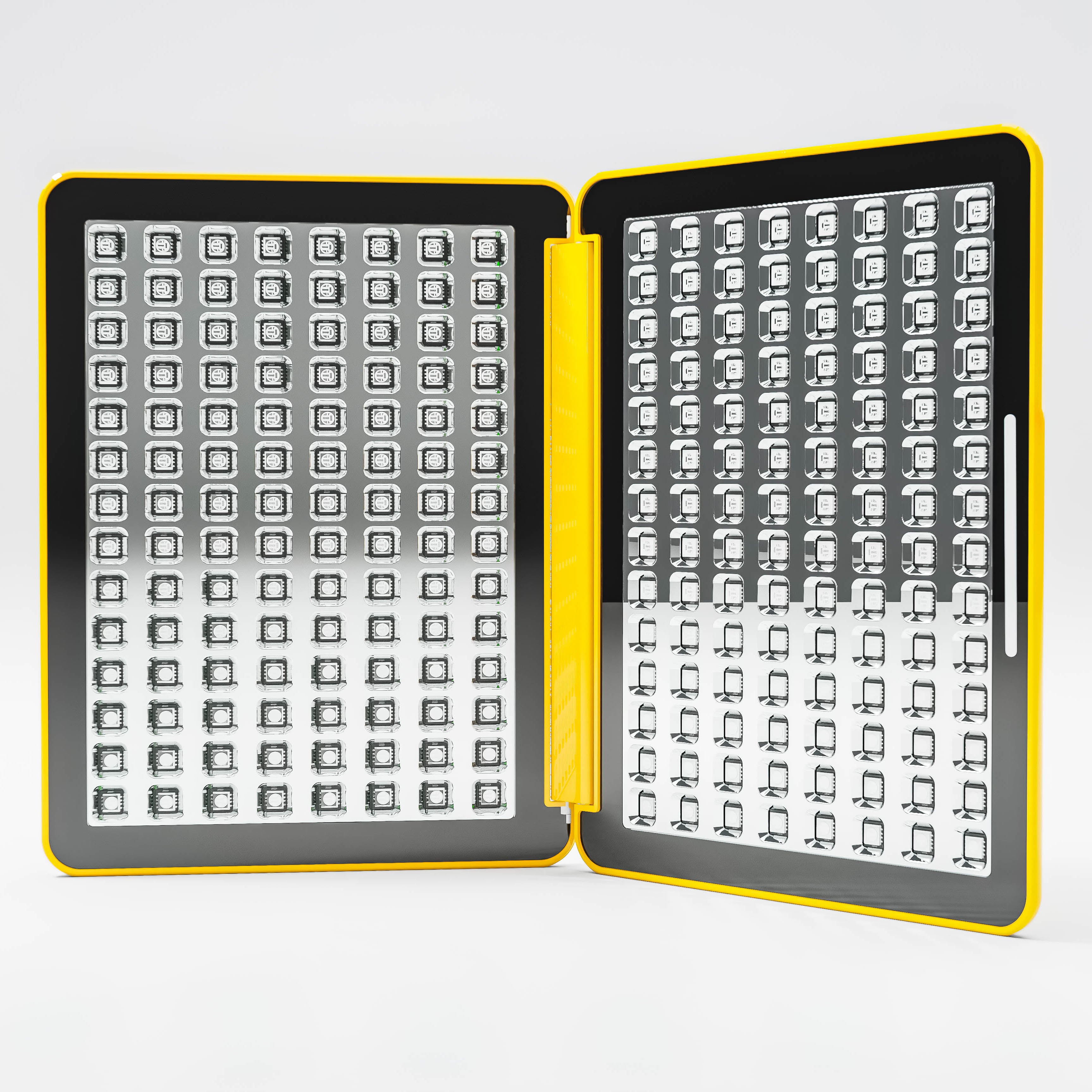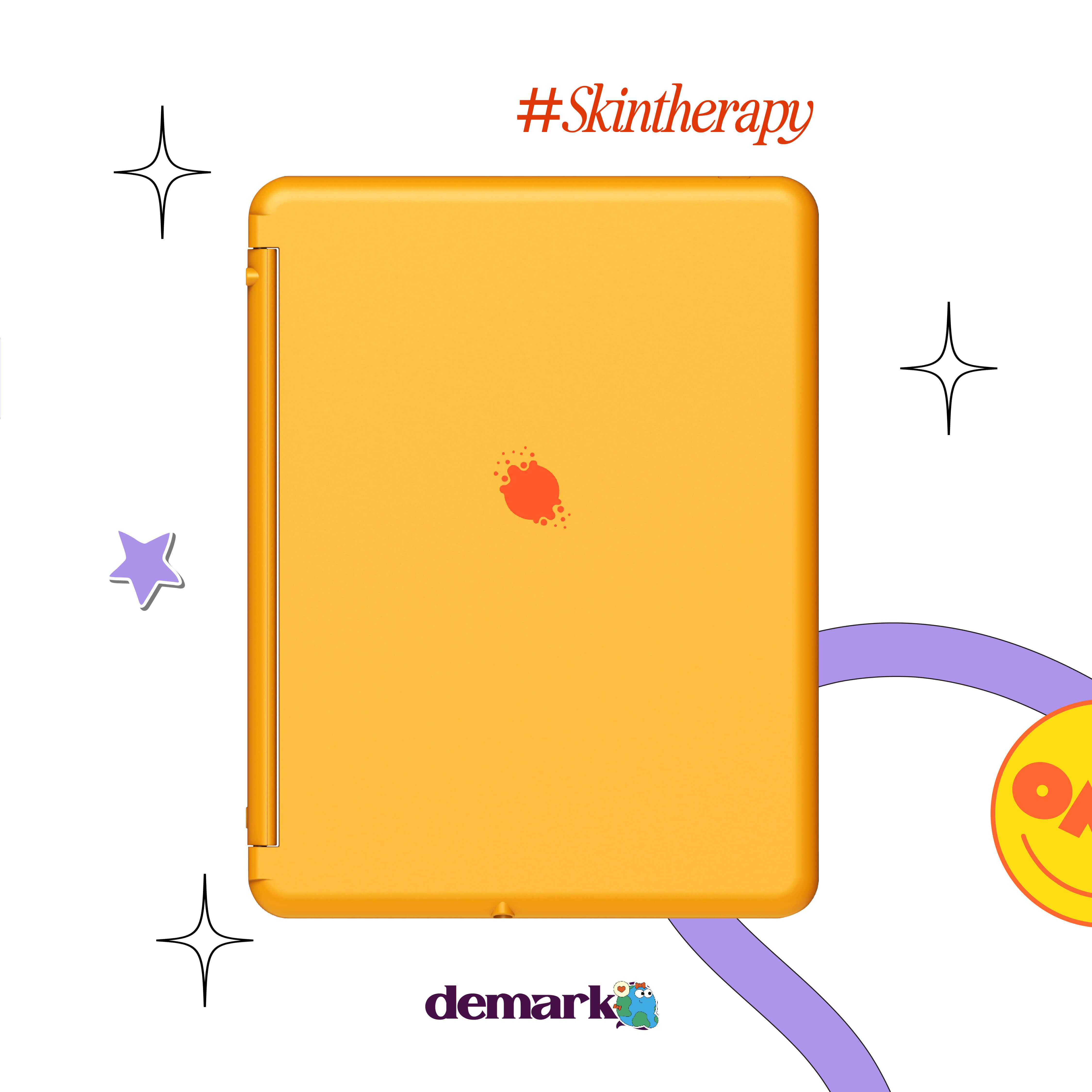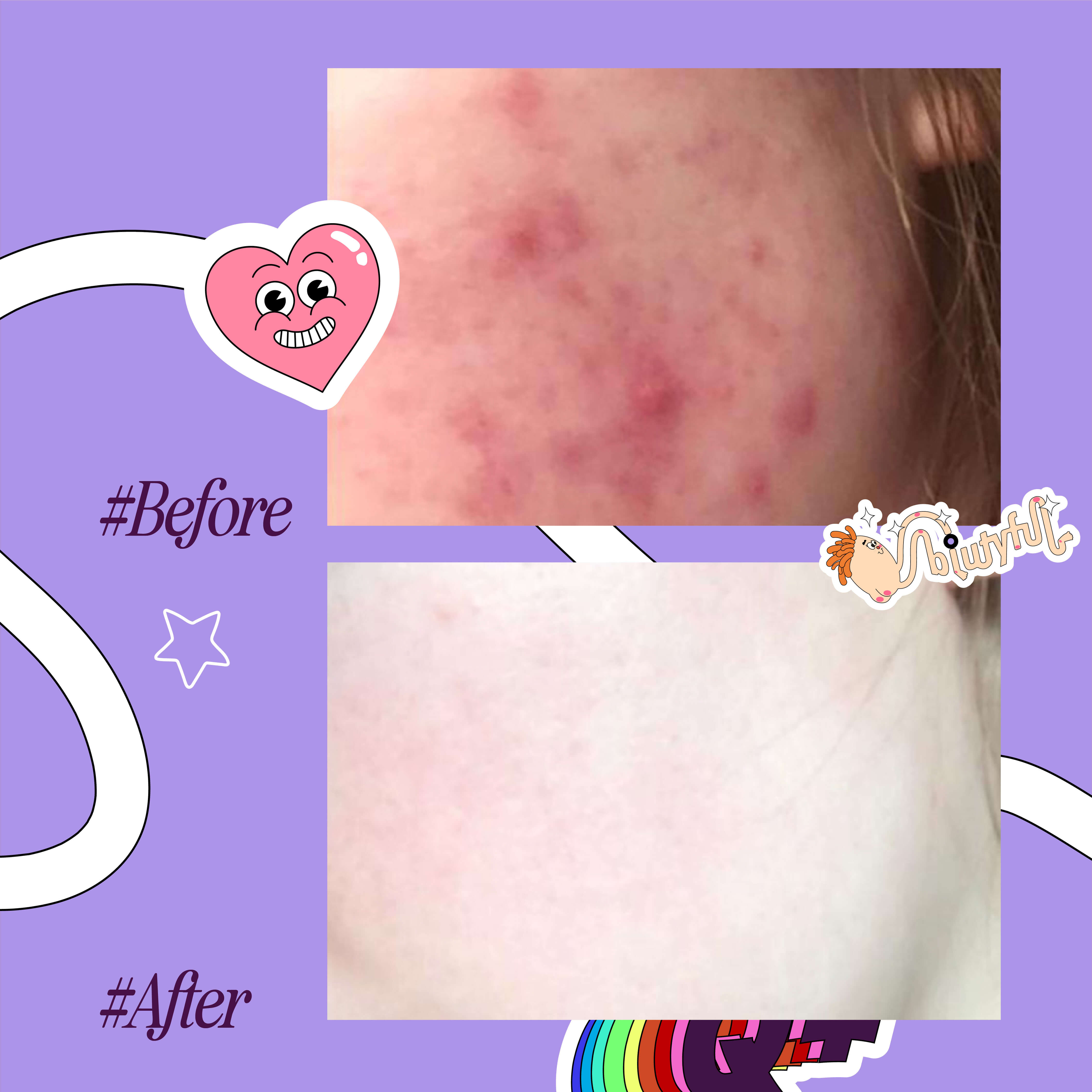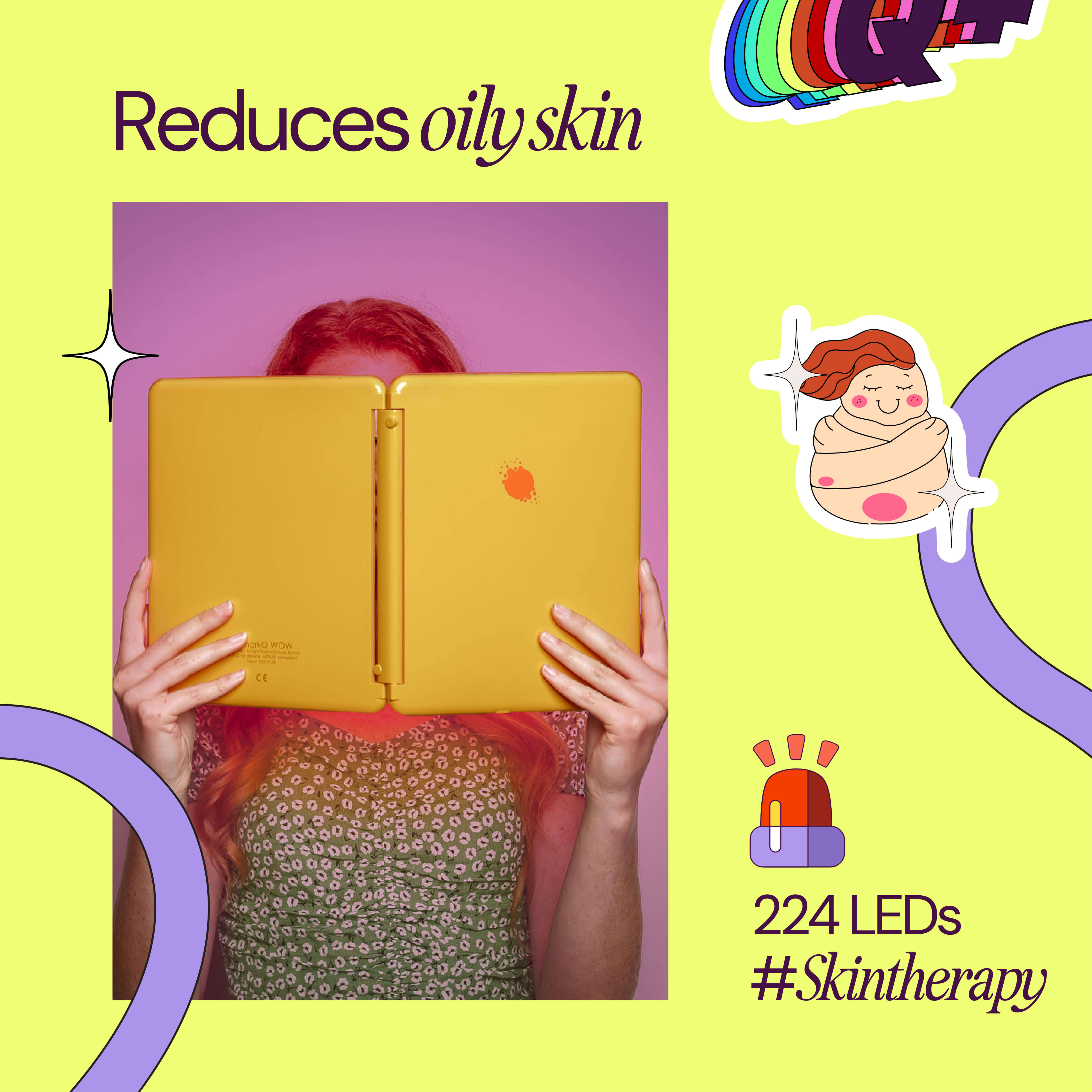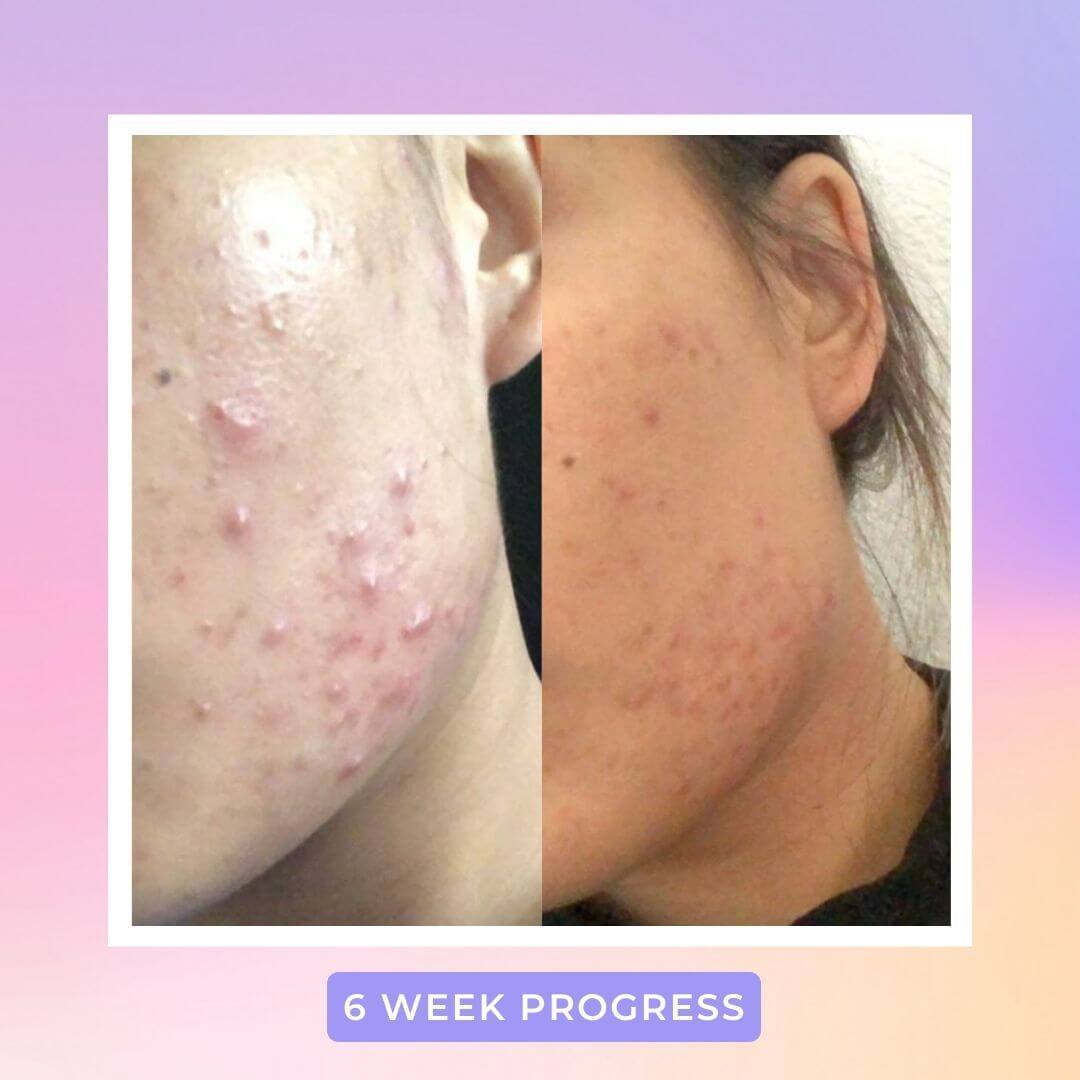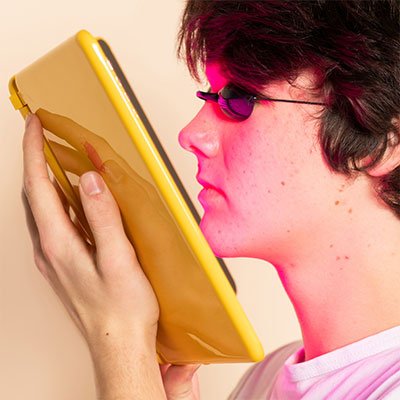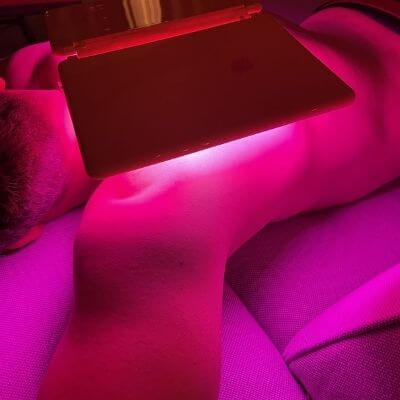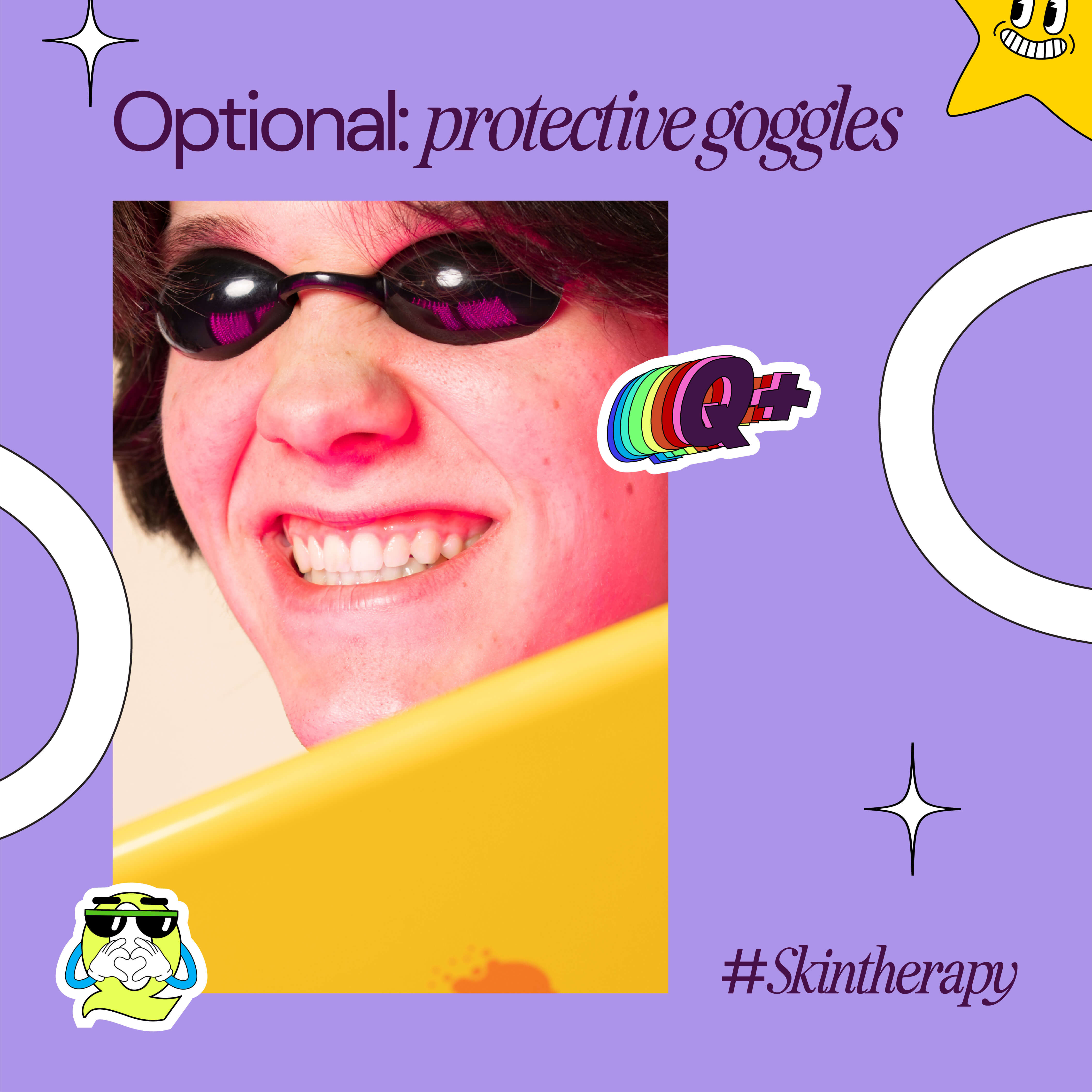When you're stressed, you release a hormone called corticotrophin (or CRH.) CRH binds to receptors in the sebaceous glands and drives up the skin's oil production. This increases the chances of clogged pores and therefore subsequently acne.
Additionally, when people are stressed, they're more likely to pick and itch their skin. This act can expose already clogged pores to dirt and bacteria which lead to inflammation.
And finally stress can affect your daily routine as well. Stress can affect your sleep, eating, and (skincare) routines. Poor sleep quality, sugary and fatty diets, and lack of routine consistency have all been consistently proven to worsen inflammatory skin conditions like acne. Not to mention, they can cause the body additional stress leading to a vicious cycle none of us want to be involved in.
What does stress acne look like?
Stress acne often be confused with hormonal acne. Hormonal acne, which usually refers to elevated androgen levels, can also lead to increased oiliness in the skin and therefore can look similar to stress acne.
While there is no easy way to self-diagnose which acne you have, checking your triggers and noticing the timing can help. If you are If you are if you are experiencing breakouts around your chin and jaw around the same time, it is likely related to your menstrual/hormonal cycle than stress.
Stress acne will often appear on the oiliest area of the face, usually T-zone. Acne is also accompanied by dilated pores, shininess (caused by excessive oiliness) grainy skin texture, redness, and itchiness.
How to manage and treat stress acne?
Well, the first instinct is to cut out stress right? Duh!
While managing stress should be on your priority list, there will always be moments when that is not possible. Therefore, the best thing we can do is cope with the stress instead.
Since cortisol is the culprit when it comes to stress acne, controlling cortisol should be the main goal.
Add meditative practices into your life: We know it sounds new-agey but meditative practices have been shown time and again to help you manage stress better. Additionally, there is definitive evidence that such practices lower your cortisol levels which can help balance overactive sebaceous glands.
Practicing sleep hygiene: Poor sleep has send cortisol levels shooting high. That's why maintaining a healthy sleep schedule is essential is reducing stress-induced breakouts. Lowering blue light consumption before bed, having a regular bed time, and perhaps even a ritual can really help you and your skin get proper rest.
Building and maintaining routines: While you have a world wind of things going on, it's always nice to maintain some stability. And that stability can be maintained via routines.
Simplifying your skincare routine: As we talk about routines, one of the best favors you can do for yourself is simplify it. Try not to overload your skin with multiple layers of acids everyday. Instead simplify your routine using versatile treatments like light therapy.

